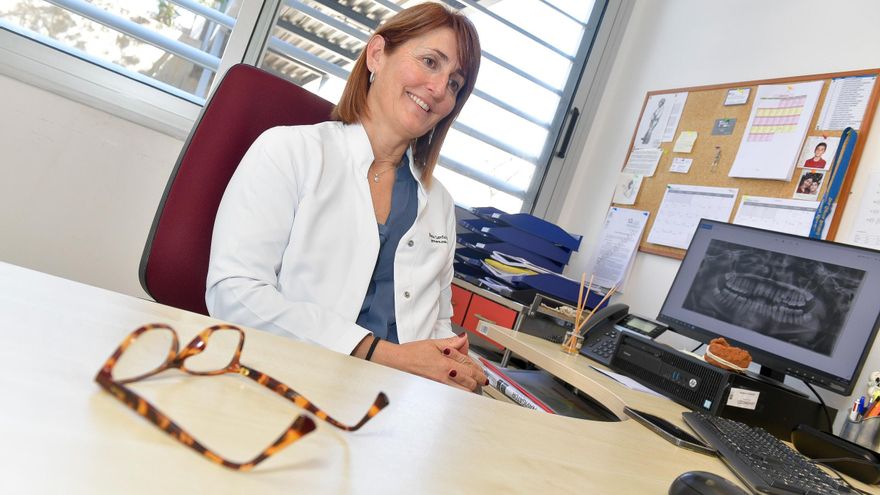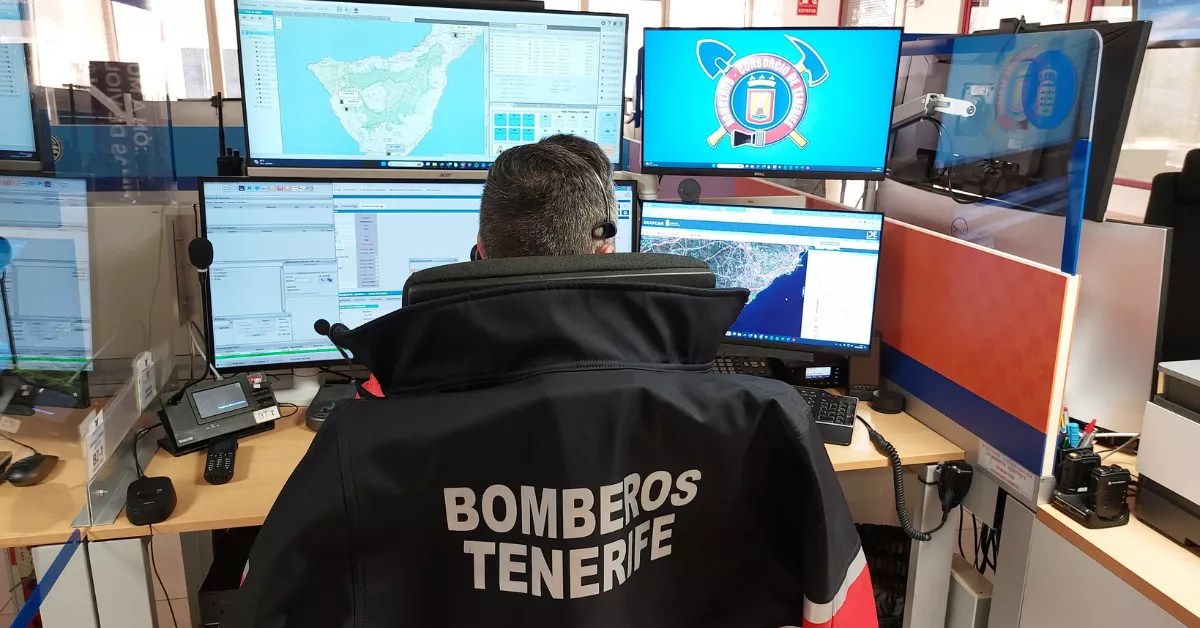
In the Canary Islands, more than a thousand migrants are waiting to undergo tests to determine if they are minors. Some have been waiting for up to a year to undergo the medical study that the Prosecutor’s Office uses to determine their age. This backlog results in adults living with children and teenagers in overcrowded juvenile centres due to the continuous arrival of migrants on precarious boats. Additionally, potential adults under the care of the Government of the Canary Islands cannot be transferred to adult facilities in other autonomous communities. “Many times we receive minors who have been here for over a year,” say sources from the Legal Medicine Institute (IML) of Santa Cruz de Tenerife, attributing the delay to insufficient resources to perform wrist and mouth X-rays at the center.
There are currently about 5,500 children and teenagers in reception centers on the islands, with approximately 20% awaiting a judge’s decision on their age. The IML in Las Palmas has a forensic team specialized in age estimation, consisting of two professionals dedicated full-time to this task. Every month, they summon about a hundred migrants for examinations. However, in Tenerife, there are around 18 doctors who gradually schedule appointments for the youths, but none are exclusively dedicated. It is in the eastern province where there is more congestion, so at the end of last year, the Government of the Canary Islands and the Prosecutor’s Office agreed to implement portable teams to perform bone tests after landing in Tenerife and El Hierro. This measure helped unclog the system, as the Canary Islands Health Service (SCS) was performing up to 20 X-rays a day, compared to the 20 weekly X-rays they normally do.
Doctor Diana García, part of the Age Determination Unit at the IML in Las Palmas, laments the lack of a unified guide in the islands when it comes to age estimation criteria. “There is no protocol. There are recommendations from the Spanish Forensic Medical Council at a national level, but they are not mandatory. We have established our protocol, thanks to many years of work that is constantly evolving,” explains García.
The staff at the Tenerife IML, who have been on strike since last week, denounce the lack of personnel and materials. According to one of the forensic doctors, young people attend appointments without an official interpreter present, and it is the staff accompanying them from the centres who assist with translation. They have also raised concerns that for a month now, a machine for panoramic dental X-rays has been stored in a box due to lack of space to install it. “A lead-lined room is required, and we only have the one for X-rays on cadavers,” points out the forensic doctor from the IML of Santa Cruz de Tenerife, adding that the youths would also have to pass through the morgue to access that area. The Ministry of the Presidency, Public Administrations, Justice and Security, led by Nieves Lady Barreto, will invest 3.9 million euros to “improve management processes and technical resources at the two Legal Medicine Institutes,” as announced yesterday after the Council of Government meeting.
The Convention on the Rights of the Child states in Article 7 that a child “shall be registered immediately after birth and shall have the right from birth to a name, the right to acquire a nationality and, as far as possible, the right to know and be cared for by his or her parents.” Fulfilling this principle is very challenging in many parts of the world. In sub-Saharan Africa, only 64% of births are registered, according to UNICEF data.
There are migrants who, due to their physical characteristics and lack of documentation, are put on waiting lists to undergo tests to determine their age, a process whose reliability has been questioned by both the United Nations (UN) and some child-focused NGOs. But what does the process entail for young migrants?
Upon arrival at the port, the National Police carry out an identification process. They gather information about the journey and request any documentation that may be provided. It is at this point that they conduct an interview and record the age they claim to be. At this stage, some minors identify themselves as adults because they know that admitting their minority will mean staying in the archipelago until they turn 18. Conversely, some adults claim to be minors as this will grant them special protection.
Process for Young Migrants
Those identified as minors by the agents are transferred to a centre, and it is the Prosecutor’s Office that orders them to undergo the age estimation test. The first step is to perform wrist and dental X-rays on the youths, following which the results are taken to the Legal Medicine Institute, where a forensic doctor analyses them. “The epiphyseal closures in the wrist, which are the closing of bones that seal sequentially, are examined, and in the mouth, we study the maturation of the tip of the root of the third molar,” explains García, noting that the margin of error is very variable. Therefore, to estimate age, “medical examination and the account given by the youths must also be taken into account.”
Once the medical report with the age estimation is completed, the final step is taken care of by the Prosecutor’s Office, responsible for issuing the age determination decree which establishes whether the migrant is over 18 or not. This decision will determine whether they remain in a juvenile reception centre in the Canary Islands or move to a humanitarian facility for adults on the mainland.
To relieve congestion in the juvenile reception centres, as well as to expedite medical tests to identify potential adults among minors, the Government of the Canary Islands hopes to receive a response this week from the ministries involved regarding the various legal reforms proposed to ensure that the reception of minor migrants is not solely the responsibility of border regions but shared by all communities. The President of the Canary Islands, Fernando Clavijo, explained that he is currently unsure whether this response will come in the form of a meeting or a written report, but he has emphasized that time is of the essence.
















